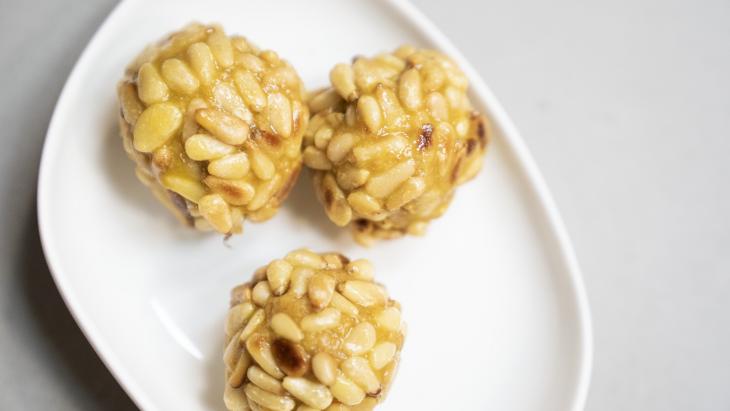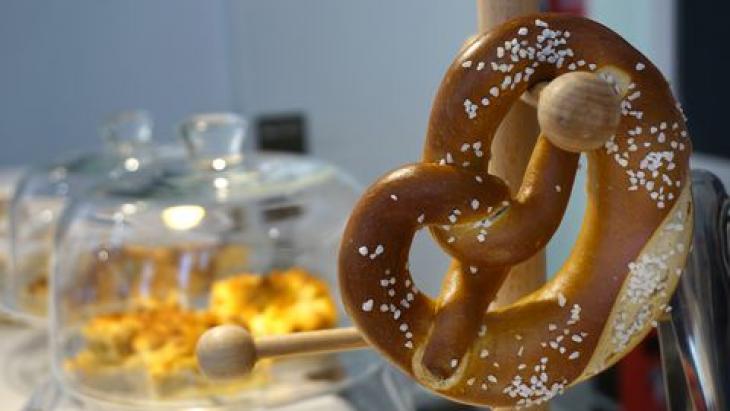Food and drink
A Barcelona of cakes and pastries

There have been sweet shops and cake shops in Barcelona, ever since the introduction of sugar into Catalonia during the Middle Ages, giving rise to one particular culinary habit among its citizens: rounding off their festive meals with a cake or pastry dessert. There are historical bakeries in every city neighbourhood, and lots of them have a room or a café for eating on site the products made there.
Two of the oldest have a shared history: La Colmena in Carrer Gran de Gràcia, which opened in 1835 on the road to what was then the independent village of Gràcia, and La Colmena in Plaça de l’Àngel, the heart of the Barri Gòtic, which opened in 1849. Both maintain some craft recipes for sweets, pastries and cakes that are difficult to find anywhere else. You can also find hundred-year-old patisseries which still whet the palate in other neighbourhoods that had been independent villages outside Barcelona in centuries past.
One of the oldest in the city is Pastisseria Mayol, which opened in 1854 on Carrer Horta in the neighbourhood of the same name and moved to the premises it occupies now, at nº 59 on the same street, in 1915.
Pastisseria Foix opened in the old village of Sarrià in 1886 and, apart from being one of the city's top cake shops and preserving its Modernista decor, it is noted for being an icon of the Catalan arts, as its founders were the parents of the poet J.V. Foix, who turned it into a meeting place for intellectuals at the start of the 20th century.
A cake for every festival
-
Tortell de Reis
On 6 January, known as the diada dels Reis [Twelfth Night] in Catalonia, people eat the traditional tortell , a marzipan-filled ring cake which hides a surprise: whoever finds the little figure is crowned the king of the party, while the unlucky person who finds the bean is declared the ruc, or "ass", and they have to buy another cake on 17 January for St Anthony, the patron saint for animals.
-
La mona de Pasqua
Since the 15th century, tradition has dictated that godparents must buy their godchildren a cake with painted eggs and decorative figures. At the start of the 20th century, the Barcelona pastry chef Antoni Escribà transformed these figures into chocolate sculptures and, today, you can find some real works of art round the city.
-
Panellets de Tots Sants
In Catalonia, the sweets people usually eat with the traditional chestnuts for All Saints on 1 November are called panellets. They have marzipan on the inside and the most popular exterior is pine nuts. Almond, coconut, chocolate and coffee panellets are traditional too and every year you can discover more innovative and original flavours.
-
Bunyols de Quaresma
When Quaresma, or Lent, comes round, the cake shops are full of these traditional sugar-coated fritters, which are sometimes stuffed with cream. You always want more!
-
Coca de Sant Joan
For the Midsummer Night's Eve on 23 June, when people celebrate the shortest night of the year round bonfires, cake shops sell the traditional cocas, flat yeast breads with a variety of fillings and toppings: cream and pine nuts, glazed fruit, crême brûlée, etc. A real feast!
-
Turró de Nadal
For Christmas we have torrons! These almond-based sweets have been a feature of Catalan cookery books since the Middle Ages and they are an essential part of any meal during the Christmas festivities. You can buy them in any cake shop and there are more and more specialist shops selling them throughout the year.


